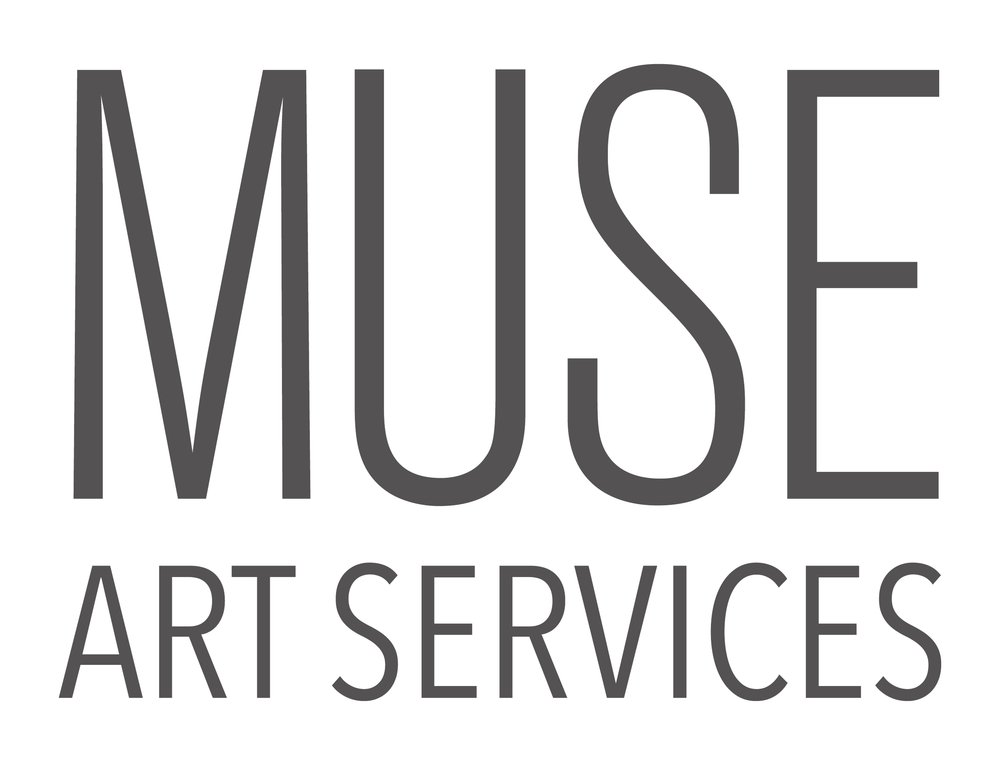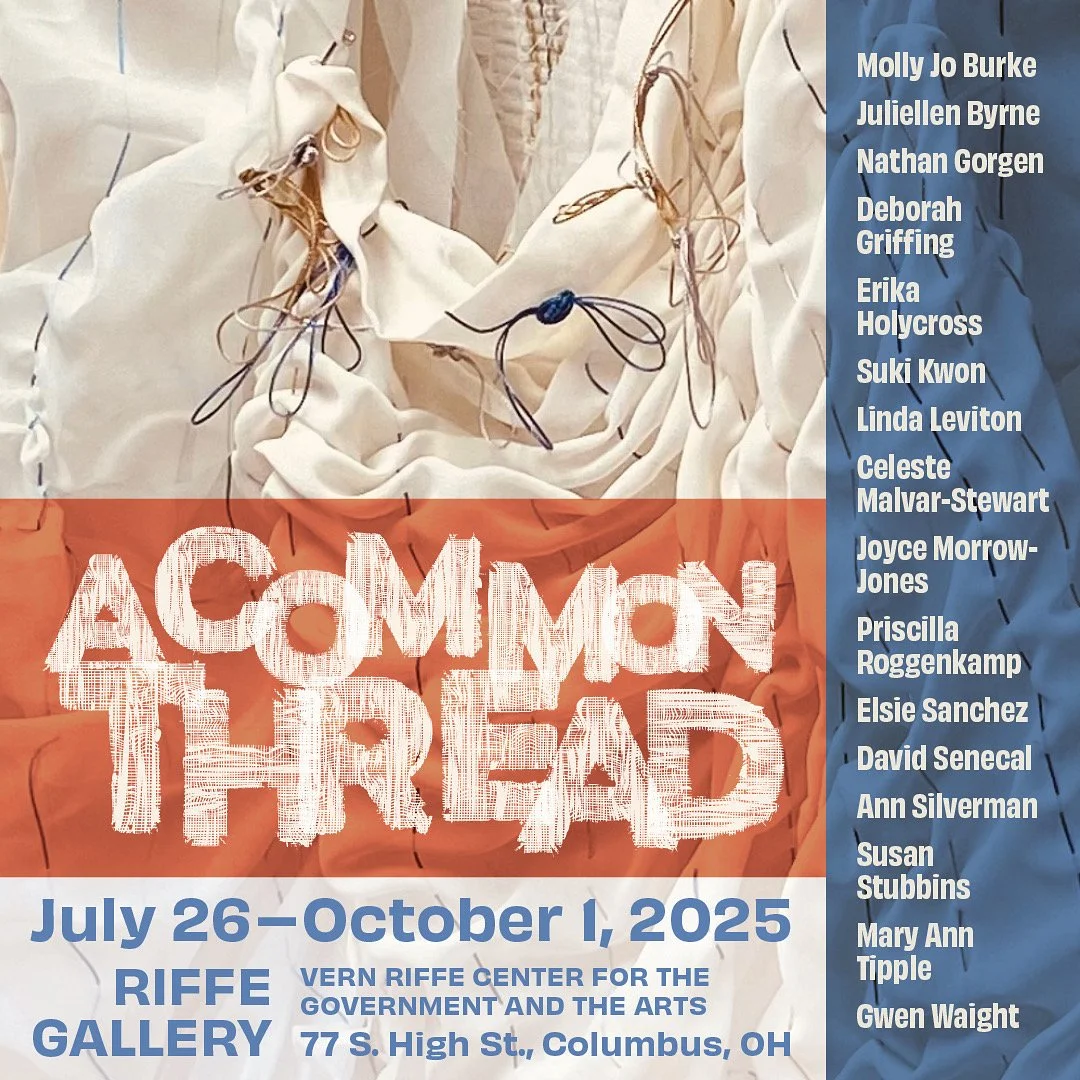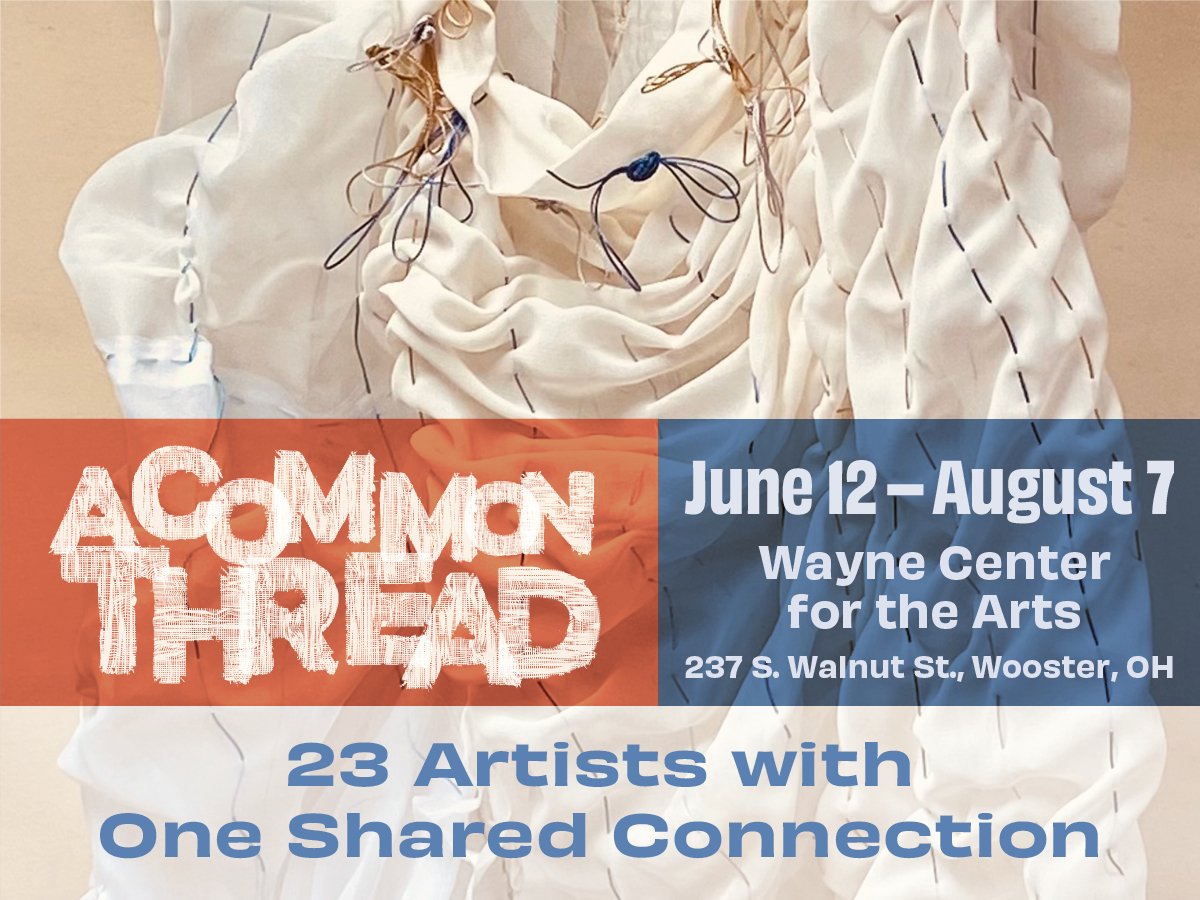Who needs galleries? They just exploit artists and take ridiculously large commissions, when everybody knows you’re better off just buying directly from the artist.
How many times have you heard this?
Is there any truth to it? Well yes, of course. There’s some truth in every good lie.
Make no mistake, there are predatory “galleries” and services out there who operate principally by bilking hopeful artists for thousands of dollars for the ‘privilege’ of having the artist’s name printed on a card for a limited time, to announce a mediocre reception with as many other warm bodies as the business can cram into the event.
But those aren’t real galleries. Not really.
There’s no curation, there’s no serious discussion of the work, or any attempt to understand where the artists are coming from, what drives them.
There’s no thought given to whether or not the artist is even a decent fit for the multitude of historic client relationships that a real gallery will have cultivated for decades.
There’s none of this because these so called galleries are only concerned with keeping the doors open long enough to keep their racket going and...it’s the artists who are paying the rent.
These are vanity galleries and they excel in generating generic art school diatribe burped out to anesthetize the hapless viewers (of which there are often only a few) and the unwitting artist participants, with the sole purpose of maintaining the illusion of the authority and legitimacy of the “galley”.
There are literally hundreds of articles online about these kinds of so called galleries. You can find more about this with a quick search of the term “vanity gallery”.
So. Let’s be clear.
These are not real art galleries.
Not at all. They can call themselves whatever they want but an actual gallery, one that truly represents artists, could not be further from this.
You want to know what it’s like being in a real gallery and why they matter for artists?
In a word, representation.
That's obvious right? You think you know what that word means because you’ve heard it before. But representation is more that selling pictures. Yes, galleries are businesses and selling artwork is what they do, but they’re so much more. than that, and there’s so much more involved in representation than that.
REAL galleries are creative incubators. They foster growth. They offer artists space to experiment and develop over time and while maintaining wisdom enough to avoid dictating or pressuring an artist to make “what sells”.
Real galleries continuously walk a precarious line between harnessing the chaotic and tumultuous output of artists and directing and shaping it into something meaningful and precious for the lifelong clients who trust and rely upon the gallery to provide some of the most important work that they will ever collect.
Real galleries are not just businesses, they’re stewards of creativity who deal in the currency of human emotion and they serve as translators between the languages of practicality and passion.
Representation then, is so much more than “selling” or having parties that look good on social media accounts.
Representation means the gallery asks about your health, your family, your friends, as well as the work you’re making. It helps you when your car breaks down. It invites you over on the holidays when you’re alone. It’s there when you lose someone close to you, and it safeguards your artistic legacy when you are gone.
When life, with all of its various obstacles and amazements comes knocking, a real gallery stands with you and helps connect your work with people who need it because they have felt what you’re feeling; or because you’re helping them feel something that they need help remembering how to feel.
Real galleries work tirelessly for their collectors and for their artists.
They earn every bit of their commission and enable artists to reach audiences and venues that the artist would never have a chance to access on their own.
They push artists to work harder, to improve, to become more, and they free artists to focus on making work without having to stress about the social and business details that can detract from creative processes.
Real galleries drive hours in the snow to connect artwork with collectors and make sacrifices to keep the channels between collectors and artists open.
You’re never going to get this from some random place that decides that in addition to being a... whatever... it’s also now also an art gallery.
Just as a good gallery can sense the potential of an artist’s work, the artist too intuitively recognizes the passion and work ethic of a legitimate gallery. The curatorial instinct, drive, and vision that is inherent to a legitimate gallerist isn’t something you find everywhere. It’s innate and unrelenting, and this is why that connection resonates with artists so deeply. In short, it’s why artists need galleries.
David Senecal, 2019
As a note and point of reference, David started visiting Muse Gallery when it was located in Grandview, in the early years of opening. He used to say that someday he hoped to be good enough to show in Muse Gallery. He was always been complementary of the work, always humble, always supportive of the gallery. At the time he was doing digital work, which I started showing almost 10 years ago. He then moved into wet media (paint), and has painted tirelessly for several years now, taking every opportunity to show the work, take criticism and critique, practice, and advance. He is the embodiment of an artist, and works as an artist should work to perfect their craft, i.e., daily, relentlessly, without concern of salability or commercial potential, but with ultimate respect for painting principles and techniques.) Thank you David for respecting me as much as I respect you. It’s a beautiful thing.












